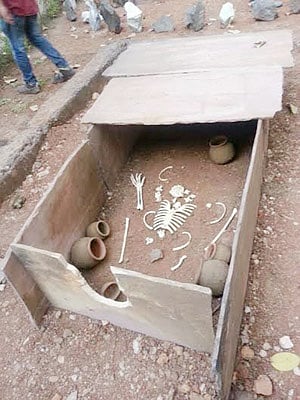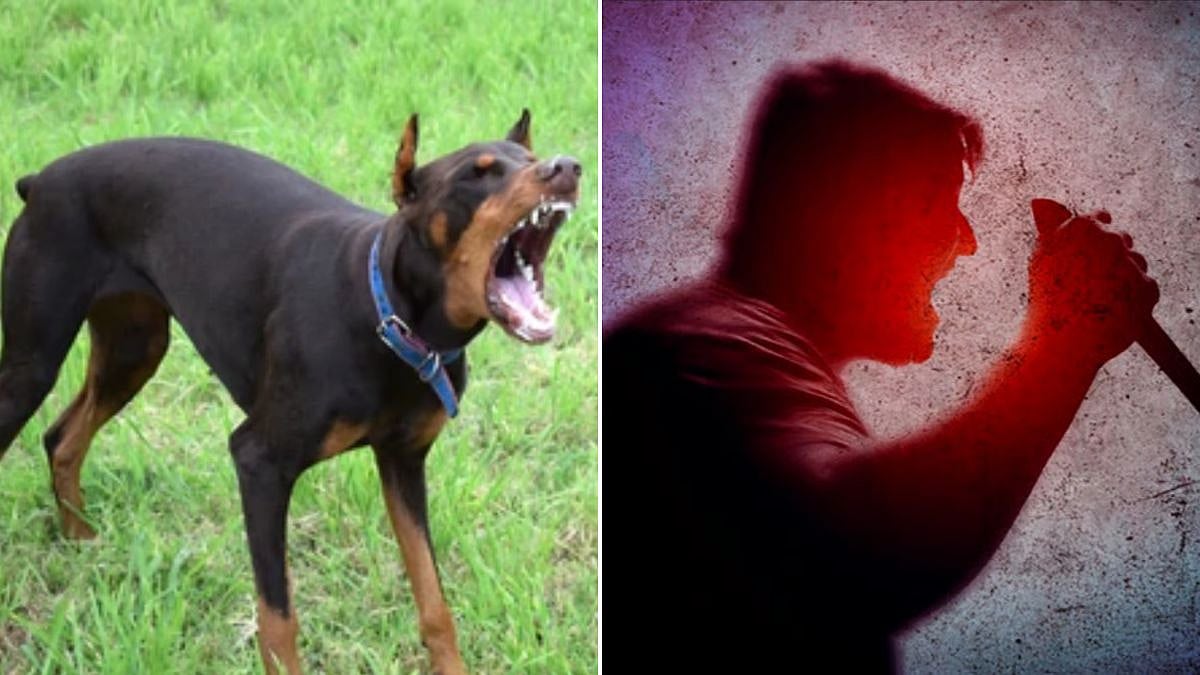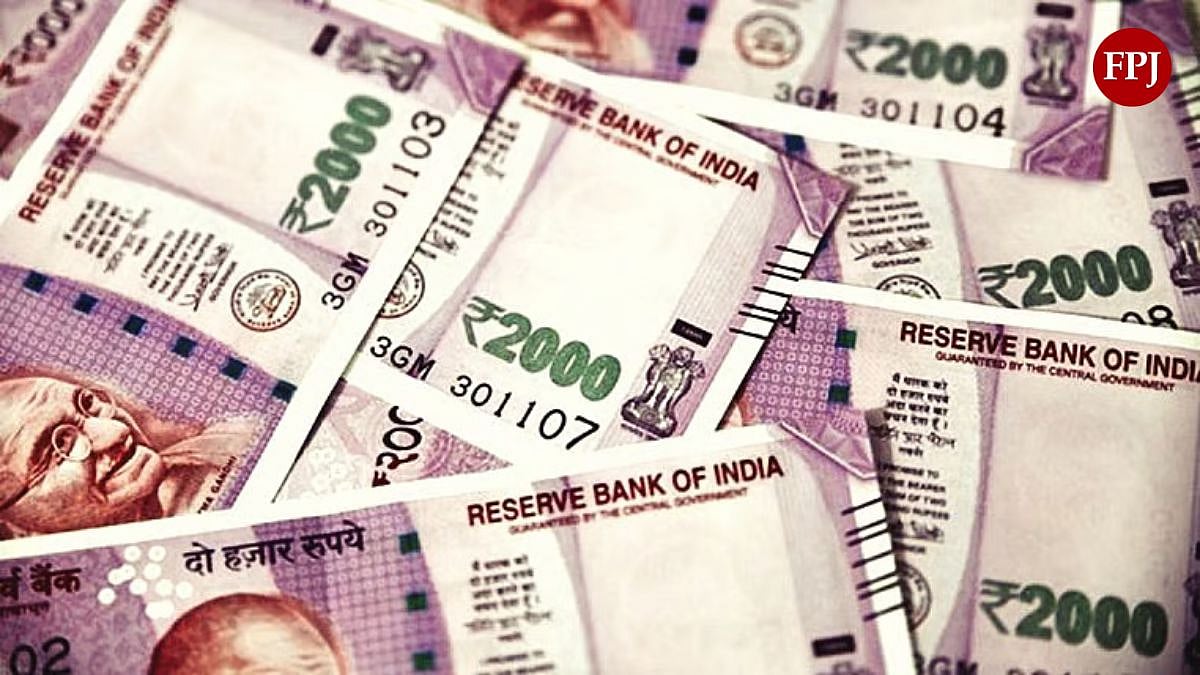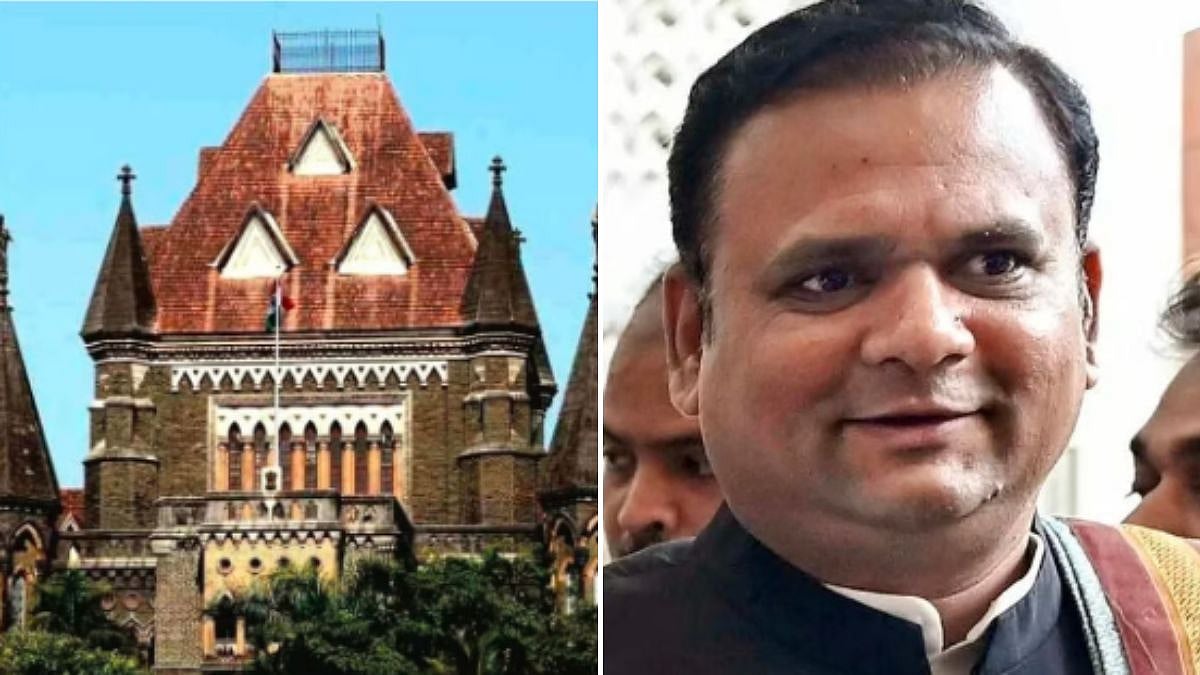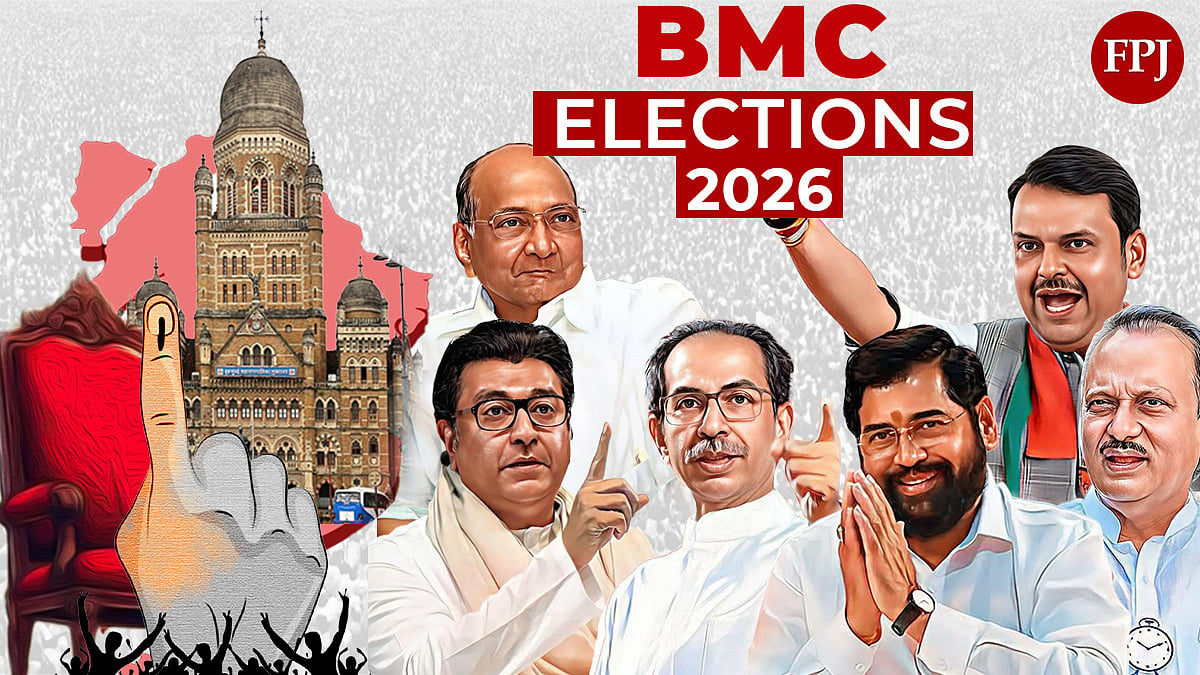Other than burial, the exhibition also showcases the kinds of weapons used by Shivaji Maharaja and his Army. Also on display are the swords of the Maharaj made of gold, iron and steel

Pit burial |
Mumbai :The University of Mumbai has organised a three-day exhibition of murals and ancient archeological artifacts from December 10 to December 12 on the occasion of World Archeology Day that was celebrated on December 10 . Over 1,000 people from all over the city attended the exhibition.
The exhibition also showcases the various rituals, that were practised in the State of Maharashtra in the ancient period, in the form of dummies.
The different kinds of burials remained the centre of attraction for the enthusiasts. Three dummies, showcasing various kinds of burials that were practised in Vidarbha in Third Century BC were made. The pitburial or the normal burial, in which the ancient people used to leave a gap on one of the walls of the cave, was left open. The ancestors used to feed the bygones through the gap by constantly offering food and water.
The second kind of burial, which was practised in Chandrapur region in Third Century BC, was stone burial. The burial was carried out in the normal way but a number of stones were laid in circular arrangement thus marking the area as marked and taken.
The third kind of burial is pot burial in which the infant’s body was kept in one pot covering the other half with another pot. “The people of Western Vidharbha were very sensitive when it came to kids. They never preferred burying them or burning them. They rather used this method,” said Suresh Khankudhar, one of the volunteers of the Extramural Studies at Mumbai University.
A burial showing a man buried in padmasan gathered the most attention.
Other than burial, the exhibitions also showcase the kinds of weapons used by Shivaji Maharaja and his Army. On display, are also the swords of Shivaji Maharaj, made of gold, iron and steel.
The statues of gods and goddesses along with their symbolic meanings have also been showcased. The accessories like bangles worn by women of First Century BC, necklaces, kamarbandh are also on display.
The exhibition also has fossils and teeth of different animals who are either extinct or have evolved in the course of time. Besides, various stalls selling historical items and books also attracted the visitors.
